Rig tour: Russian Circles
Behind the scenes with Mike Sullivan and his almighty pedalboard

Introduction
We find Mike Sullivan with a new amp approach and a plethora of pedals on the instrumentalists UK tour.
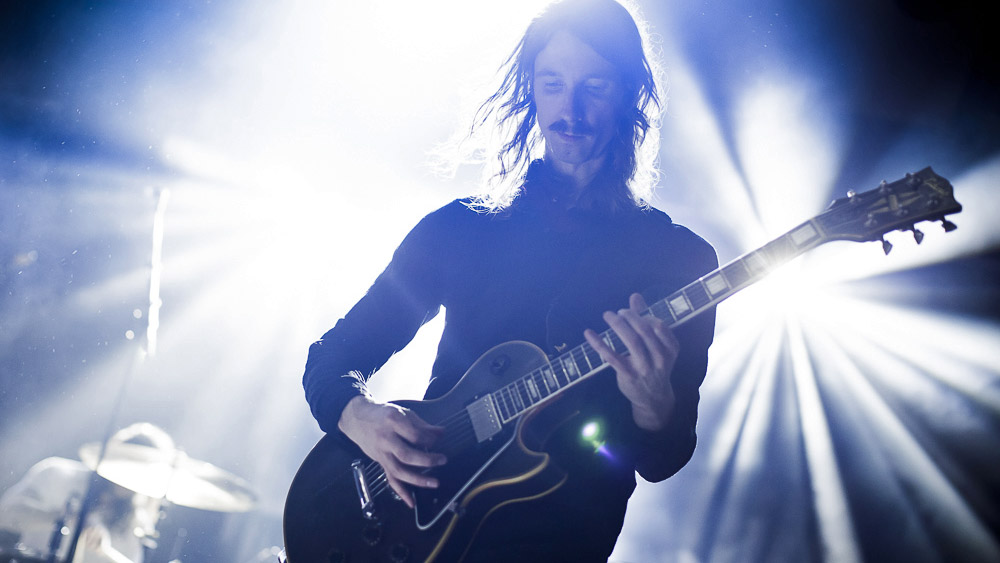
Russian Circles' Mike Sullivan: the 11 records that changed my life
As the guitarist in an instrumental three-piece, Mike Sullivan’s tone has to deliver a huge but nuanced sound to be his voice in Russian Circles.
His quest to refine his heavy tones while retaining the cleaner chime and layers of looping required to produce the band’s intricate and emotive compositions has meant a rig always up for revision with three amps and a meaty pedalboard platter in play. But his ongoing recovery from a car accident last year also brought about some necessary changes in terms of guitar choices, too…
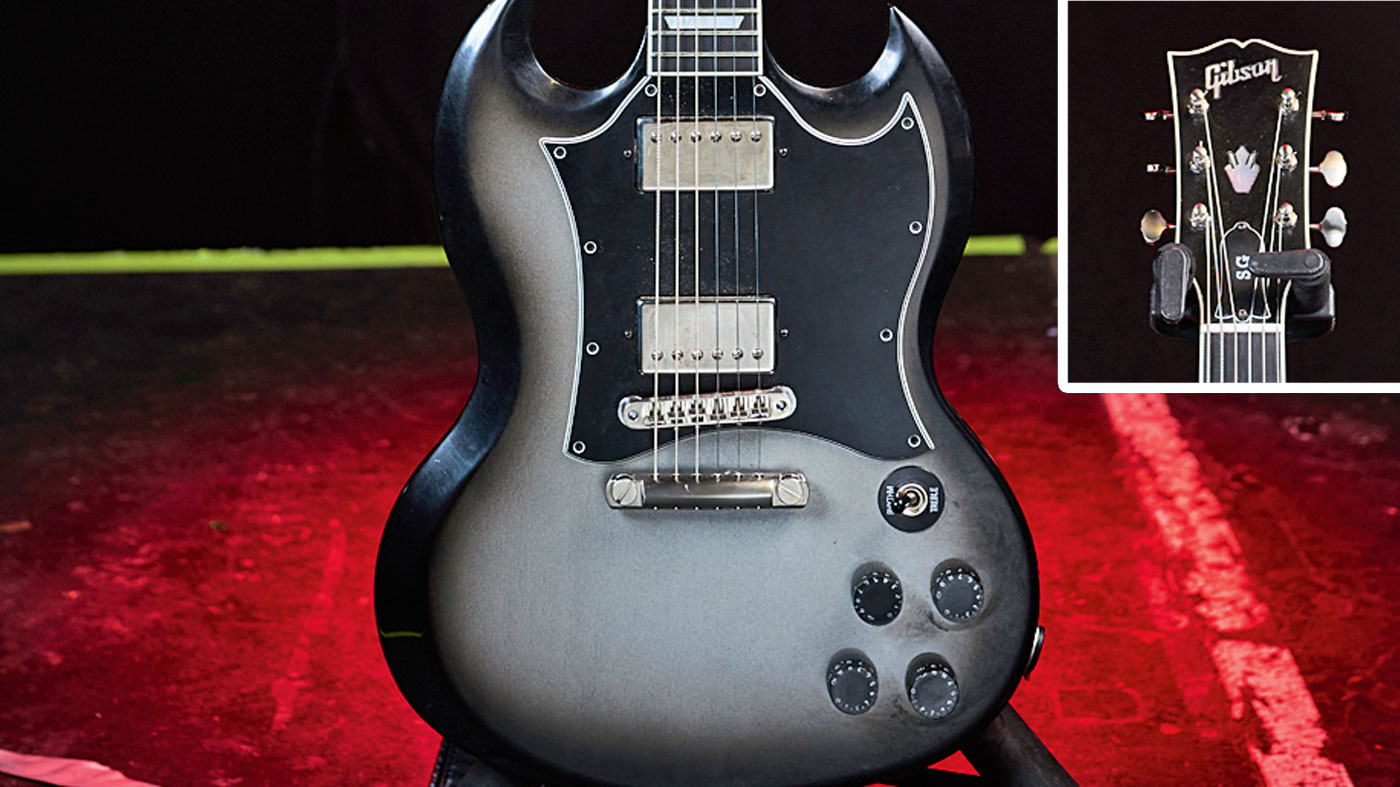
2007 Gibson SG Standard Silverburst
“I’m kind of inbetween guitars at the moment. A car accident caused an upper-back injury and put me in search of lighter-weight guitars.
I tried several different SG Customs and some just didn’t feel right and the SG neck is not my favourite profile. But I’ve tracked this one down with a rounder neck profile, ebony ’board and mahogany body.
In the last few years I’ve become accustomed to using lower output pickups and I put a Lollar Imperial in the neck
“I’m always checking out guitars and this was a really good deal. It was a Robot Guitar [a model with automated self tuning] and I knew right away I’d be stripping all that mechanism out, but at the core of it I knew this was a great guitar.
“In the last few years I’ve become accustomed to using lower output pickups and I put a Lollar Imperial in the neck and then a higher wound one in the bridge. And I’m sold – they’re really good. Great for distortion and having articulation. I think lower output pickups refl ect the guitar more; everything is more exposed in a cool way.
“I’ve had SGs that are the worst things to play live but this one felt great. Sacha Dunable from Dunable Guitars helped me set it up with a new bridge and tuners. On this tour it’s usually in C# G# D G A C# and occasionally the lower G# will go up to an A . I’ll use the Drop pedal to take that a whole step down too.”
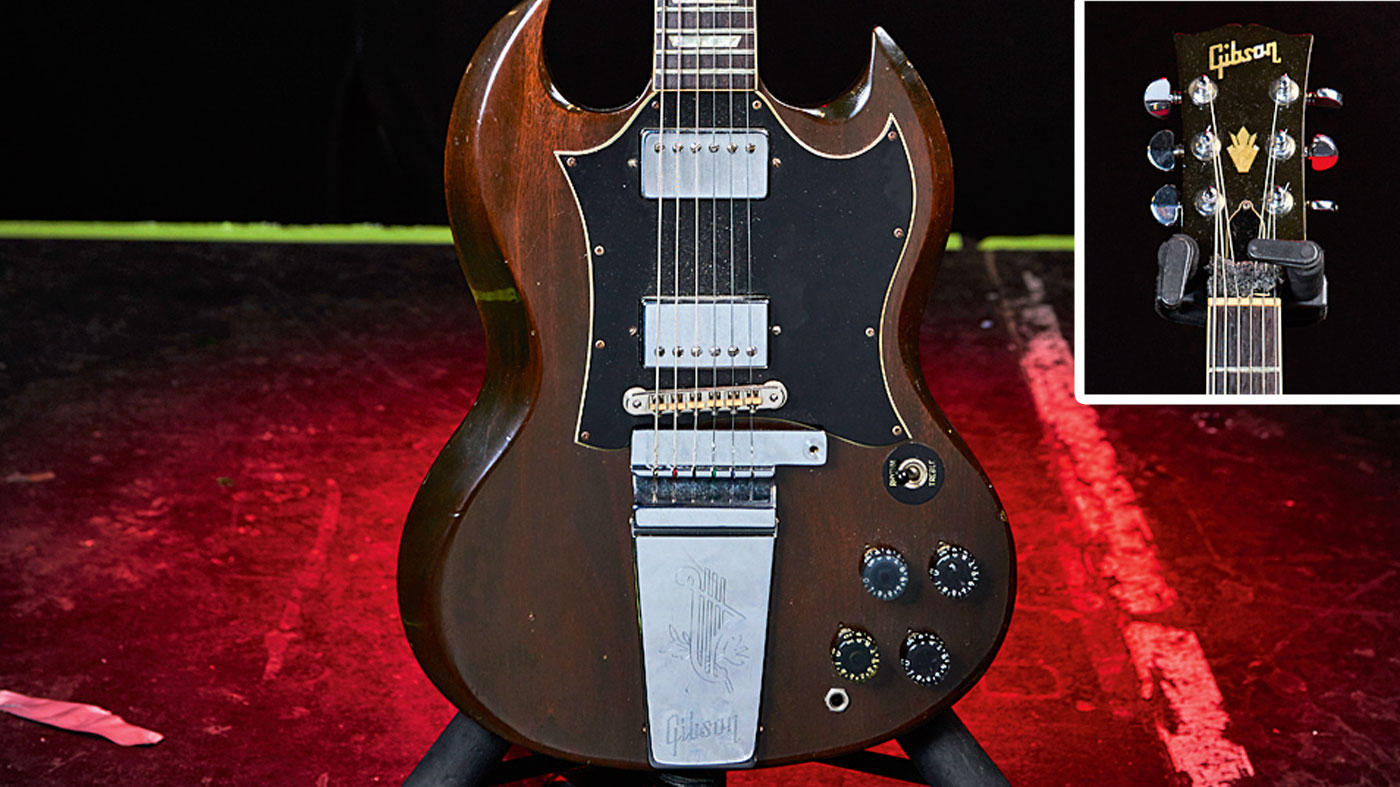
1971 Gibson SG Standard
“I picked this up at a cool guitar store called Rock ’N’ Roll Vintage in Chicago.
“It’s a guitar I’d always see but I tried to stay away from it and not touch it. But I fell in love with it and I’ve had it for years now - and for certain songs live it has its place where no other guitar feels quite as right. There are things I would change about it, like the pickup in the bridge doesn’t quite have the tonal quality. I can’t say for certain if it is the original. This is always in the same tuning: BBEABE.”
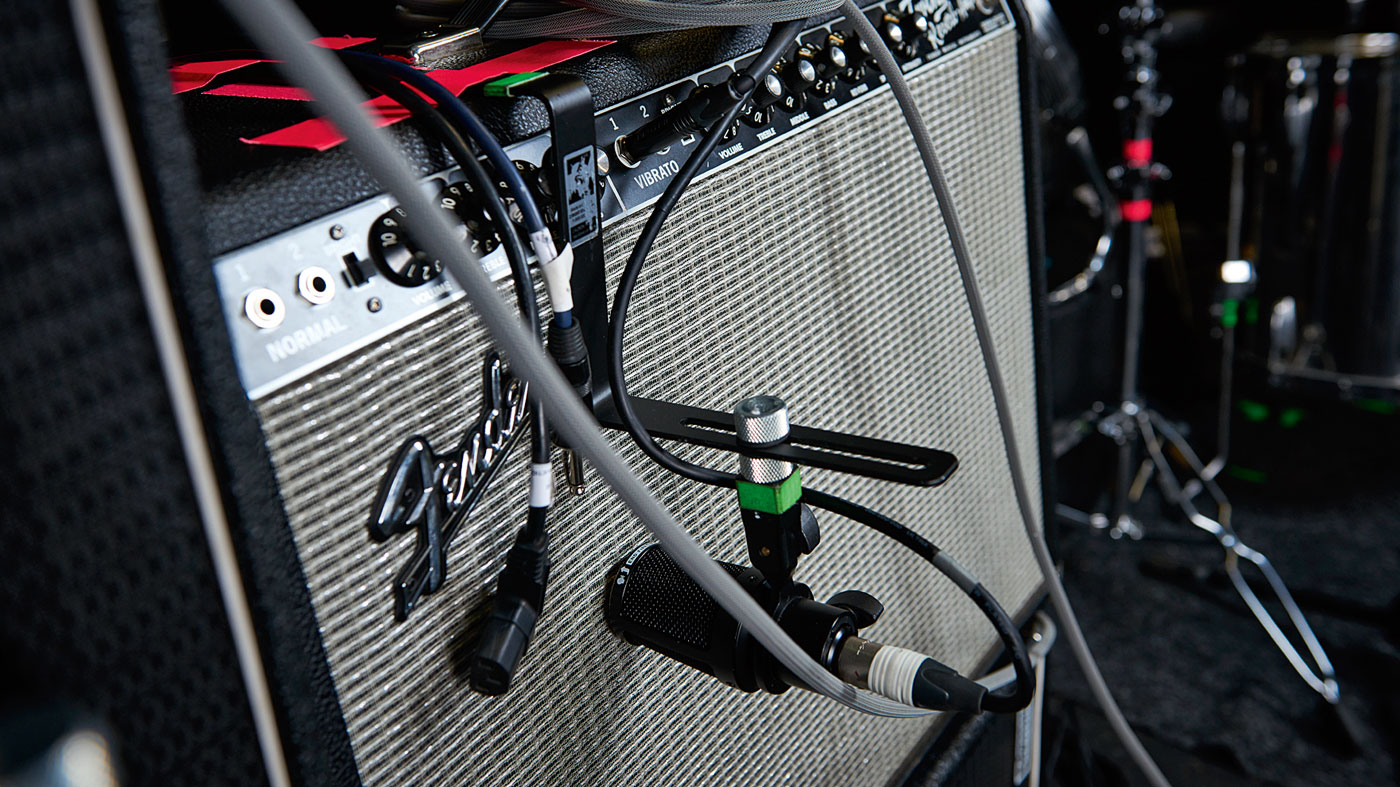
Fender Twins
“It’s for clarity’s sake. I’ve always been a fan of headroom and I tried the Twin out and it was more pleasing taking pedals well.
The Twin on my side is based in the low end with the bright switch off and just a hint of reverb
“On stage right side I used to have one bass head powering both the 8 x 10 and the 4 x 12 but it just got too muddy and I couldn’t control volume without adjusting the 8 x 10 simultaneously. Now we’ve added a second Twin in place of the 4 x 12 just to give it a lot more freedom and volume.
“The idea of the Twins is that stage right, Brian [Cook, bass], is dialled in brighter and it uses Dave’s [Turncratz, drums] monitor. Because I like it really bassy on stage left, so that’s always a little brighter for Brian and for Dave. They prefer different EQs so they don’t fight each other in the mix.
“The Twin on my side is based in the low end with the bright switch off and just a hint of reverb. Then on Brian’s side it’s a similar volume setting, but the bright switch immediately jacks up the volume. His side has a little less bass dialled in and a little more treble. It’s all mono signal but any difference we can get in there between them is always complementary to the front of house mix. This tour is the first time we’ve had this and it seems to be working out.”
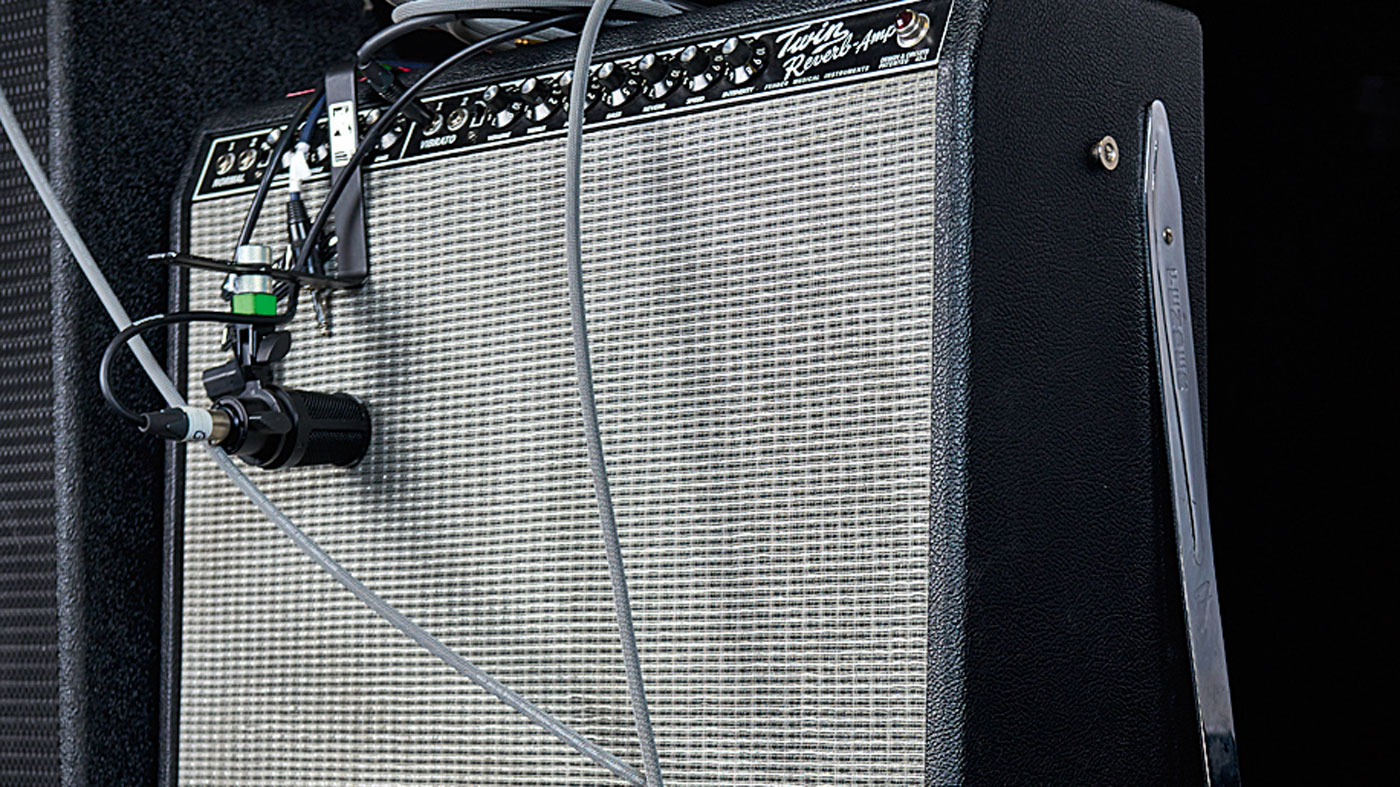
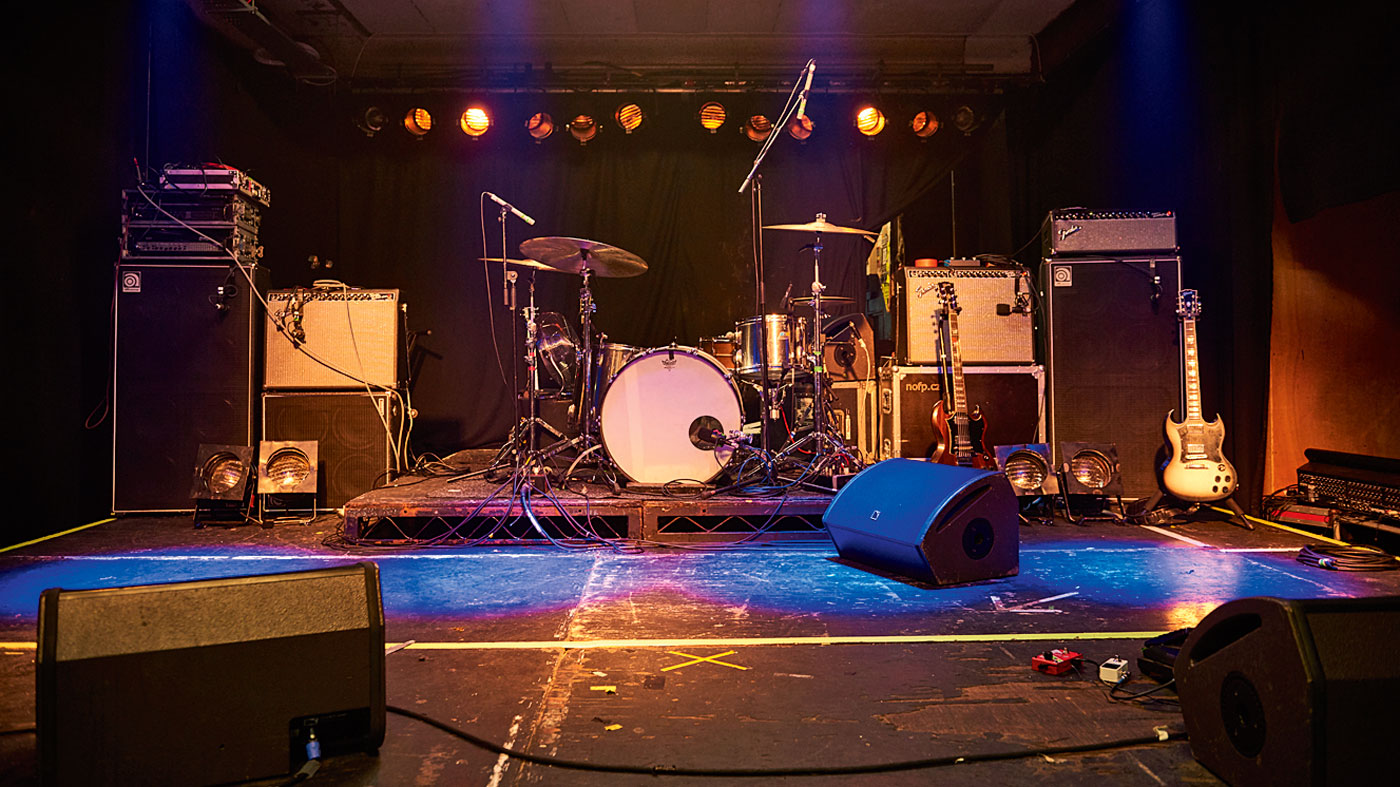
Fender Bassman
“I’ve been going back and forth with it. I still love the Verellen Meatsmoke, that’s a killer amp. These amps are all rental so they’re recent issues. At home I’m still really happy with the Meatsmoke.
“I might pick up a Bassman [pictured, right] because I’m really happy with it on this tour. I got this a few days ago and it sounds great. It’s not as woofy in the low end, not as dominating [as the Meatsmoke]. It plays well with the Twins.”
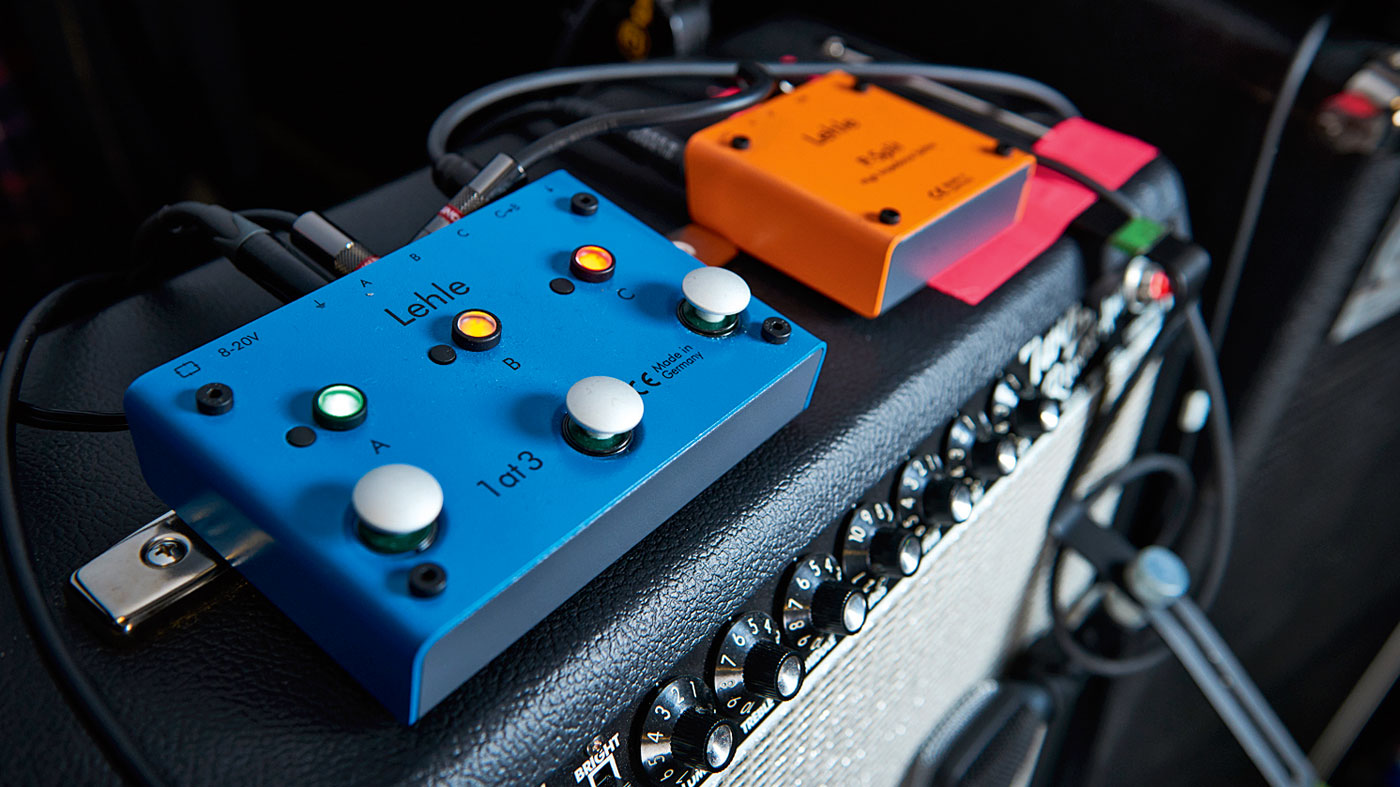
Lehle 1AT3 and P-Split Splitters
“Because I’m using three amps, I got this switcher just before we came out on tour.
“The fact that it’s a button switch means you can kick in the third or second amp and I think that this will be very practical in the future tours with new songs in the mix. This P-Split has a phase switch, which for some reason the 1AT3 doesn’t, so it’s essentially just to keep the Bassman in phase.”
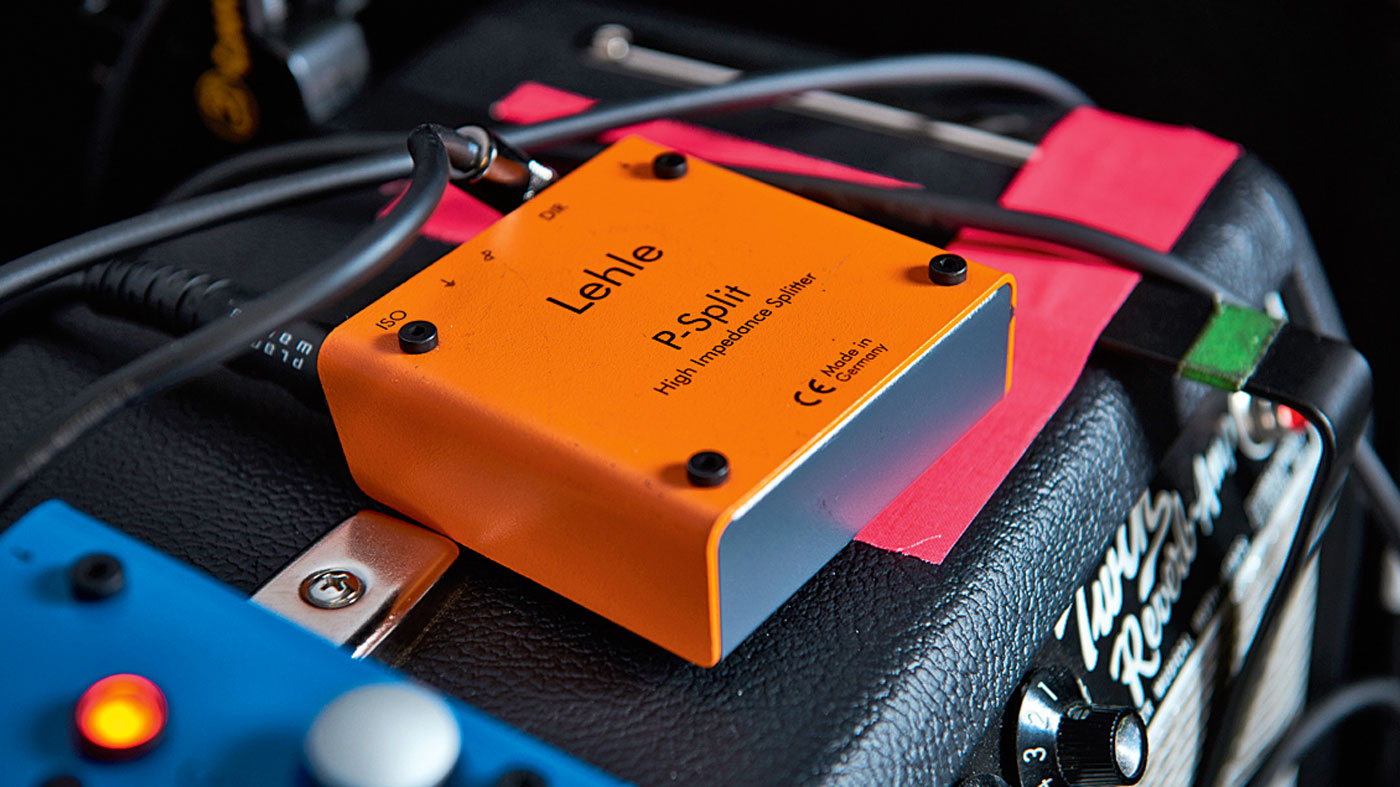
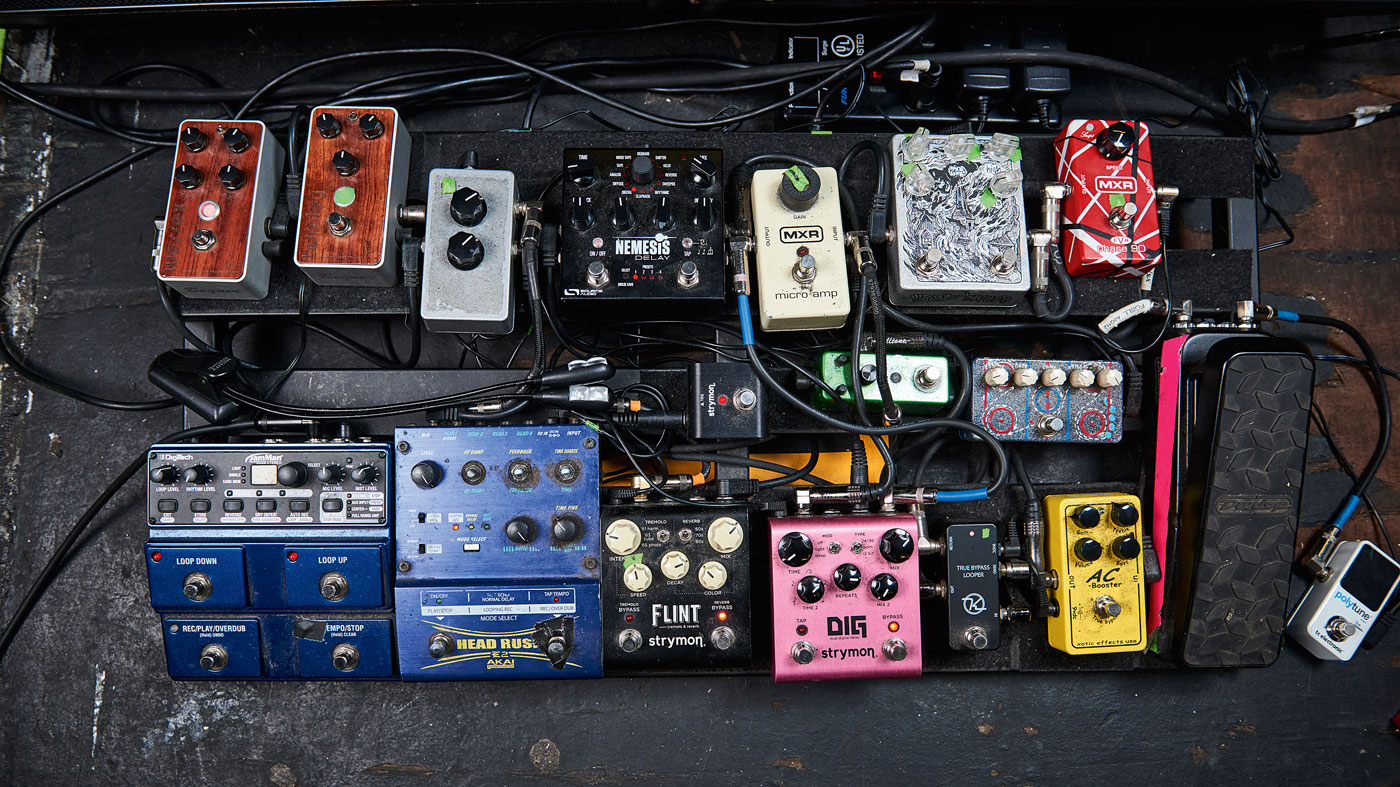
Pedalboard
MXR EVH Phase 90
“It might be a weird spot to have it in the chain but I’m really happy with it. With the Phase 90 there’s not a lot of room for adjustment, well, other than speed, so I usually have a fair amount of delay and reverb with it to give it a sweeping texture. It works well on big chord parts to thicken them up. And I’m a big Van Halen fan!”
Abominable Effects Throne Torcher
“Right there we have a burning church [design]. It’s like a [Boss] HM-2 clone. So it’s got that gnarly midrange Swedish death metal sound. It does that exceptionally well. I used it so much on the last record it found its way onto the board.”
MXR Micro Amp
“I’ve had that since day one. Simple and easy to use live. Less is more with this and I use it for certain parts as a boost. I use the control with my foot quite often - this whole board becomes a diff erent beast when it’s dark!”
Source Audio Nemesis
“That’s a really cool delay. You can save eight presets and for some of the songs the delay patterns need to be on exactly the right BPM. It’s very versatile.”
Bogner Wessex Overdrive and Burnley Distortion Pedals
“The main distortion comes from these. I usually have them going simultaneously and I use a little Keeley looper to turn those on and off . Occasionally, I’ll turn off the Wessex and just have the Burnley distortion. Usually in the studio you ditch your conventional [live] setup but I found those very useful. There’s a warmth with them that I haven’t found with other pedals.”
Digitech JamMan Looper
“It can call up the between-song loops and there are drones in songs that help fill out the sound. I have a mixture of a pre-recorded loop and then throw another live loop on top of it.”
Akai E2 Headrush Looper and Saturnworks Mixer
“This has got be my most essential pedal. It just works for me live, with all the looping that I do. The only thing is the loop volume drops maybe five or 10 percent compared to the live signal, so I throw that into a mixer [silver pedal above] and it’s a wet and a dry to bump up the volume of the looped signal, so it sounds the same.”
Outlaw Effects Vigilante Chorus
“It’s a cheap little pedal and I don’t use chorus that often but I picked it up for next to nothing and it sounds alright.”
Zvex Fuzz Factory
“That’s cool, but I don’t use fuzz that much; usually when I want to cut through the mix in a noisy chaotic part. I don’t really find it useful for standard riffing, more letting the notes sustain through delays. I’m using it for 1/20th of the potential it could be used for!”
Strymon Flint Reverb and Tremolo
“The reverbs are very useful and the two in one combo is nice with the tremolo. I use the 60s reverb mode but the 80s is also cool for long, drawn-out delays with ethereal drones.”
Strymon Dig Delay and Favourite Switch
“I’ve found Strymon pedals to be well made and versatile. I like digital delay and you can change the dotted eighth notes and diff erent subdivisions that are really useful live. There’s a lot of reverb through the twins and here so I like to have a really clean delay onstage. You can use a little Strymon auxiliary switch [above left] with it - a favourite switch.”
Xotic Effects AC Booster
“That’s close to the start of the chain. It’s more of a dynamic boost and I can get a little more grit than with the Micro Amp. This one I use a little more as an overdrive or preamp per se.”
Jim Dunlop Volume Pedal
“I used to use the Ernie Ball Volume Jnr but everyone goes through them right and left. On tour you definitely need something reliable.”

DigiTech Drop
“I use this for changing tunings or octave use. It can drop the guitar a full step and then with some songs if you do that live it can give you two more frets sometimes.
“The octave function is really cool and I use that on some of the newer songs. It saves time because I go through six tunings a set, and it saves bringing another guitar on the road.”

Rob is the Reviews Editor for GuitarWorld.com and MusicRadar guitars, so spends most of his waking hours (and beyond) thinking about and trying the latest gear while making sure our reviews team is giving you thorough and honest tests of it. He's worked for guitar mags and sites as a writer and editor for nearly 20 years but still winces at the thought of restringing anything with a Floyd Rose.

